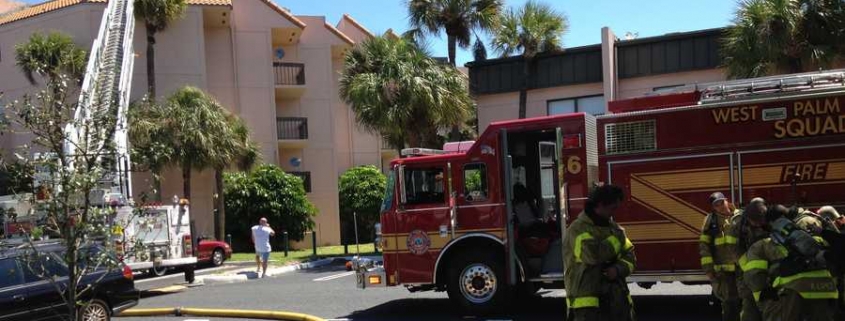Drought: A Silent Disaster
In a state that receives approximately 58 inches of rainfall a year, it may seem irrelevant to discuss drought. However, droughts are a part of south Florida’s climate just like hurricanes, thunderstorms and tornadoes. But unlike these weather hazards that effect our state, droughts usually occur slowly and are often unrecognized by the average citizen until conditions become extreme.
Unlike a storm where street flooding is immediately visible, a drought can be a silent disaster often going unnoticed. Usually, the first indication to the general public that something is wrong occurs when the South Florida Water Management District (SFWMD) imposes water restrictions to force the conservation of the resource. Water restrictions usually last for a few months without adverse impacts. However, a prolonged period of drought can have disastrous effects, most importantly on public safety.
During major droughts, one management tool used to control water consumption is the reduction in water pressure in distribution lines. The reduction in pressure will reduce the flow, and over time, will result in less water usage. Although a nuisance to residential and commercial users, it can be an effective management tool. However, this can place an undue burden on fire protection systems in general, and more specifically, increase the risk of fire in high-rise buildings that rely on normal system pressures to operate effectively at higher elevations.
The complete termination of public utility water system services has never occurred in south Florida due to a prolonged drought. But it is not inconceivable that if drought conditions are severe enough, water may not be available at any pressure to continue normal water delivery. Line pressures could approach zero, essentially terminating the delivery of water to homes and businesses, as well as requiring extensive decontamination efforts when water pressures are restored.
The safety consideration of severe long-term drought cannot be understated. Florida suffered its worst drought in recent history from 1998-2002. The state received little rainfall during these years. Many of the state’s water basins and streams began to go dry making it near impossible for the underground aquifers to recharge. Because of the extremely dry conditions, much of the state also suffered from wildfires and an estimated 1.5 million acres of land were destroyed.
In the future, the mitigation of drought impacts demands that Federal, state and local entities work together so regulations can be more flexible in order to deal with a drought crisis. Water Managers should continue planning and developing new water storage areas and reservoirs to increase water supply availability. Finally, individuals must incorporate water conservation practices into their daily habits in order to significantly reduce the burden on already limited water supply. More information on drought management and water conservation can be found at the SFWMD website (Link: www.SFWMD.gov).




